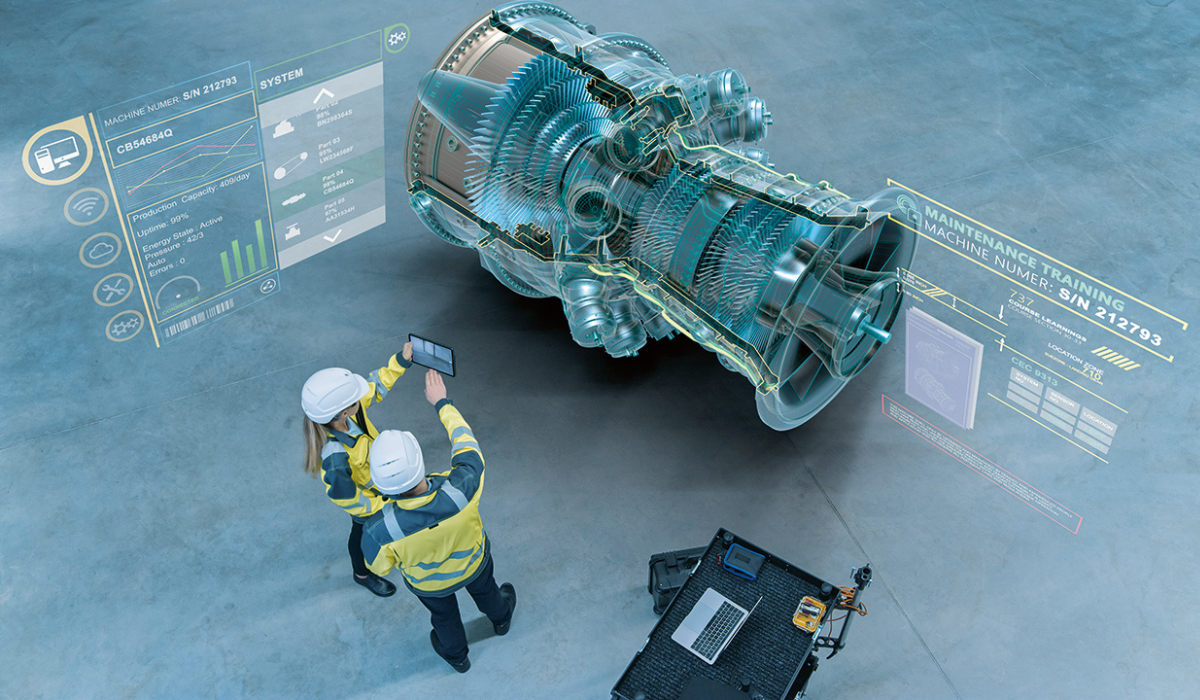Pilot Projects: The Key to Successful BIM Adoption in Your Organization
Adopting BIM (Building Information Modeling) within organizations is a process that, while highly beneficial, can be complex.
To ensure successful implementation, pilot projects have become essential tools, allowing companies to assess and adapt BIM technologies before fully committing.
What are Pilot Projects?
A pilot project is an experimental initiative used to test new tools, processes, or technologies in a controlled environment before implementing them on a larger scale. In the context of BIM adoption, these projects allow organizations to validate effectiveness, identify potential obstacles, and make necessary adjustments. This not only minimizes risks but also ensures that everyone involved is prepared and trained to handle the technology in future, more complex projects.
Benefits and Uses:
Process Validation
Pilot projects provide an opportunity to validate new processes and workflows within a controlled environment. Instead of implementing BIM directly on a large scale, companies can test how tools and standards adapt to their specific needs.
With a pilot project, teams have the freedom to experiment, identify potential errors, and make adjustments without affecting larger projects. This reduces risks and ensures that future BIM implementations are carried out more smoothly and efficiently.
Training and Staff Adaptation
One of the biggest challenges in implementing BIM is resistance to change. Adopting this methodology involves a significant transformation in internal processes, requiring a learning curve for the team.
A pilot project provides a low-risk environment where staff can become familiar with the software and new work methods without the pressure of a full-scale project. This gradual training facilitates cultural adaptation within the organization, ensuring a smoother transition toward widespread BIM use.
Measurement of Results
To assess the success of BIM implementation, it is essential to have key performance indicators (KPIs) in place. Pilot projects allow for the establishment and measurement of these KPIs, such as planning efficiency, error reduction, or time savings during execution.
Collecting data throughout a pilot project provides valuable insights that can be used to improve processes before scaling BIM to other projects. Additionally, it helps manage expectations and set realistic goals for the future.
Scalability and Replicability
One of the main benefits of pilot projects is their scalability. Once the pilot has proven successful, its lessons and best practices can be replicated across other projects within the organization. This ensures that the knowledge gained is applied efficiently, allowing the company to take on larger and more complex projects with greater confidence.
Encouraging Collaboration
BIM is a methodology that promotes multidisciplinary collaboration, and pilot projects are ideal for fostering this dynamic from the start. By involving different teams and departments in the pilot project, a culture of effective collaboration and communication is promoted—two crucial aspects for successful BIM implementation.
Conclusion
Pilot projects are essential to ensure a successful adoption of BIM in any organization. Not only do they allow for process validation and team training, but they also provide concrete data to enhance and replicate successes in future implementations. By leveraging a pilot project, organizations can minimize risks, optimize collaboration, and ensure a smooth transition toward the full use of BIM.
JOIN THE NEW REALITY!



